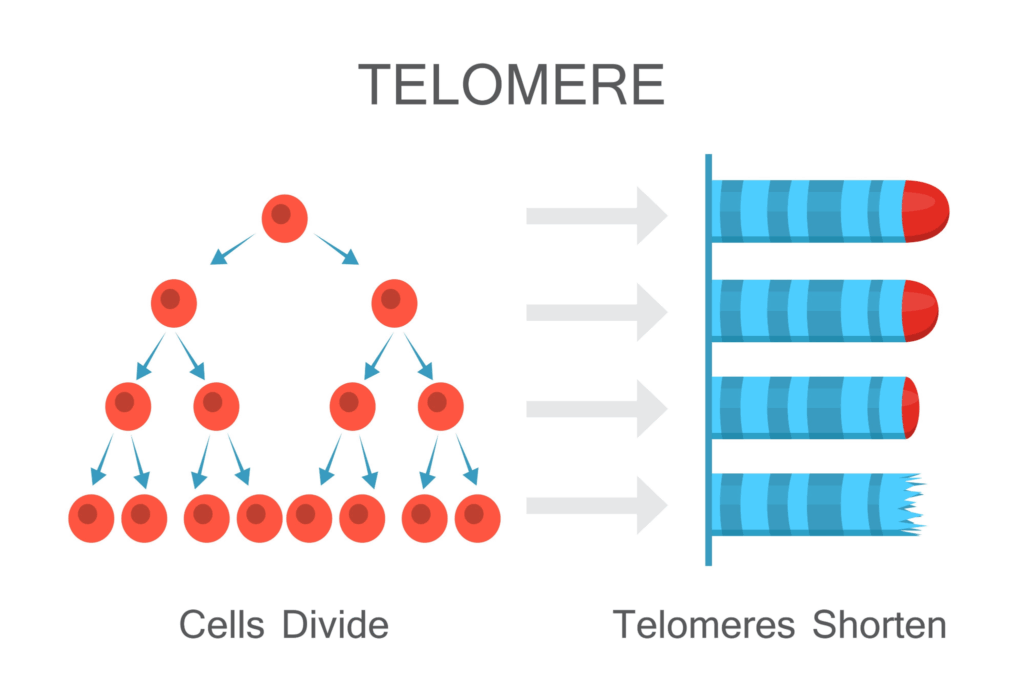The Synergistic Sleep-Enhancing Potential of Epitalon and Ipamorelin
Executive Summary
Epitalon and Ipamorelin represent two complementary peptide-based research compounds with intriguing effects on sleep physiology. Epitalon supports when sleep occurs by regulating circadian rhythms and melatonin production, while Ipamorelin influences how deeply one sleeps by enhancing slow-wave sleep through pulsatile growth hormone (GH) release. Together, these mechanisms may create a two-part system: timely sleep onset + deeper, more restorative sleep.

Epitalon: Circadian Regulation and Cellular Longevity Support
Epitalon is a synthetic tetrapeptide (Ala-Glu-Asp-Gly) derived from the natural pineal peptide complex Epithalamin, produced by the pineal gland.
While Epithalamin is the compound used in most of the long-term human trials, Epitalon contains the key bioactive fragment and has demonstrated similar effects in many cellular and animal models.
Key Benefits for Sleep and Longevity
1. Melatonin Restoration and Sleep-Wake Rhythm Regulation
Epitalon upregulates enzymes and transcription factors such as AANAT and pCREB, which play crucial roles in endogenous melatonin synthesis.
Clinical research on Epithalamin in older subjects has shown restoration of normal melatonin–cortisol rhythms and improved circadian function (1,2).
By supporting natural melatonin signaling, Epitalon may reset and synchronize the body’s internal clock, promoting more consistent sleep onset and smoother cycling between sleep phases (2).
2. Telomerase Activation in Human Cells (In-Vitro)
Epitalon has been shown to activate telomerase and lengthen telomeres in isolated human somatic cells (in vitro), increasing their replicative potential (3).

These findings do not demonstrate systemic telomere extension in humans but suggest a compelling cellular mechanism relevant to aging research.
3. Longevity Effects in Human Studies (Epithalamin)
Long-term Russian studies using Epithalamin reported striking reductions in mortality:
- A 28% decrease in overall mortality over 12 years in elderly subjects vs. controls (4).
- When Epithalamin was combined with Thymalin, mortality rates were reportedly 4.1× lower in treated groups over the same timespan (5).
These data support the hypothesis that pineal peptides may beneficially modulate endocrine and immune aging processes.
Ipamorelin: Deep Sleep Through Growth Hormone Optimization
Ipamorelin is a highly selective Growth Hormone Secretagogue Receptor (GHSR-1a) agonist that triggers pulsatile GH release without significantly elevating cortisol or prolactin (6).
Key Benefits for Sleep
1. Enhancement of Slow-Wave Sleep (Deep Sleep)
Growth hormone is released in its largest pulses during slow-wave sleep (SWS).
By amplifying natural GH pulses, Ipamorelin indirectly supports deeper, more restorative SWS (6,7).
Since SWS is the phase associated with:
- muscle repair
- tissue regeneration
- immune restoration
- memory consolidation
Ipamorelin may improve the quality of sleep more than the timing of sleep.
2. Support for Physical Recovery and Rejuvenation
Increased GH activity during sleep enhances collagen synthesis, muscle remodeling, tendon repair, and overall recovery — leading to feeling more rested and physically restored upon waking.
Synergy: Why Their Mechanisms Complement Each Other

Epitalon and Ipamorelin influence two different — but synergistic — aspects of sleep architecture:
| Role | Epitalon | Ipamorelin |
| Primary Effect | Sleep timing regulation | Sleep depth enhancement |
| Mechanism | ↑ Melatonin → Circadian alignment | ↑ GH pulses → ↑ Slow-wave sleep |
| Benefit | Faster sleep onset, normalized rhythms | Deeper, more restorative sleep |
Together, the combination supports:
- When you fall asleep
- How deeply you stay asleep
- How effectively you recover during the night
This dual-action model makes the pairing theoretically powerful within sleep-focused research.
Potential Administration Protocols for Epitalon (2.5 mg/Day Dose)
Epitalon is often explored in cyclical patterns, reflecting the original Russian study designs.
| Feature | 10-Day Protocol (25 mg Total) | 20-Day Protocol (50 mg Total) |
| Primary Goal for Sleep | Circadian rhythm normalization (2) | Circadian normalization |
| Goal for Anti-Aging | Supported by longevity trials (4) | Maximum telomerase pathway saturation (3) |
| Rationale | Short exposure sufficient to “reset” melatonin/cortisol signaling. | Longer exposure may maximize cellular signaling related to telomerase pathways. |
| Conclusion | Fully adequate for sleep-only goals. | Considered primarily for anti-aging research interests. |
Safety Profiles and Considerations
Epitalon
- Long-term human data (Epithalamin) show strong tolerability and no significant adverse events reported in elderly cohorts over a 12-year observation period (4,5).
- Side effects are generally mild (transient fatigue, drowsiness, injection site irritation).
- Cancer considerations: While telomerase activation raises a theoretical risk, some animal studies suggest pineal peptides may exhibit anti-tumor effects (8). No increase in cancer-related mortality was seen in human studies (4,5).
Ipamorelin
- Highly selective for GH release with minimal off-target endocrine activity (6).
- Side effects typically include mild headaches, brief flushing, or injection site redness.
References
- Khavinson VKh, Linkova NS, Kvetnoy IM, et al. Pineal-regulating peptide epithalamin and the expression of transcription factor pCREB in the lymphocytes of old monkeys. Bull Exp Biol Med. 2007;144(1):50-52.
- Khavinson VKh, Kvetnoy IM, Linkova NS, et al. Effects of pineal peptide preparation epithalamin on the diurnal rhythm of cortisol and melatonin production in old rhesus monkeys. Neuro Endocrinol Lett. 2006;27(1-2):251-255.
- Khavinson VKh, Bondarev IE, Butyugov AA. Epithalon peptide induces telomerase activity and telomere elongation in human somatic cells. Bull Exp Biol Med. 2003;135(6):590-592.
- Khavinson VKh, Anisimov VN. Peptide regulation of aging and longevity: new data and clinical application. Biogerontology. 2003;4(2):107-109.
- Khavinson VKh, Anisimov VN, Alimova IN, et al. Peptide regulation of aging: results of 12-year clinical observation. J Neuroendocrinol. 2004;16(4):259-266.
- Sartor O, Kerrigan JR, Johnson ML, et al. Dose-dependent effects of Ipamorelin on growth hormone secretion and plasma IGF-I in children with growth hormone deficiency. J Clin Endocrinol Metab. 2001;86(2):491-495.
- Van Cauter E, Plat L. Physiology of growth hormone (GH) secretion during sleep. J Pediatr Endocrinol Metab. 1998;11(6):799-805.
- Kossoy G, Khavinson VKh, Kossoy N, et al. Pineal peptides prevent tumors in SHR mice. Int J Clin Pharmacol Ther. 2003;41(12):582-585.